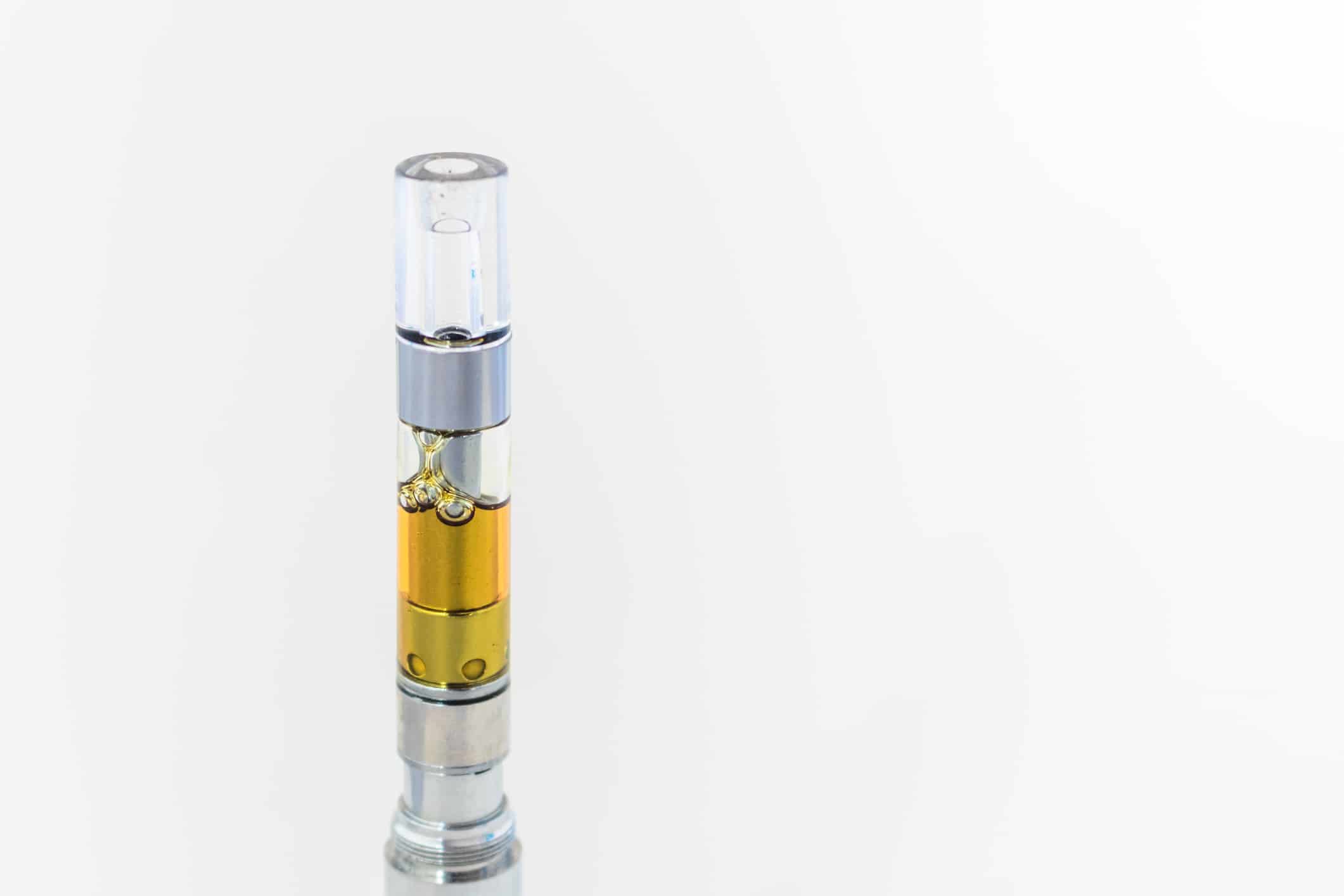The Ultimate Overview to Recognizing Big Chief Carts and Their Attributes
The Ultimate Overview to Recognizing Big Chief Carts and Their Attributes
Blog Article
The Environmental Impact of Non Reusable Carts: What Cannabis Users Need to Know
The surge in cannabis consumption has actually accompanied a worrying boost in the use of disposable vape cartridges, a trend that presents substantial ecological difficulties. The single-use nature of these products exacerbates plastic air pollution and contributes to a bigger carbon footprint via their production and disposal processes. As awareness grows regarding the eco-friendly ramifications of these selections, cannabis individuals have to evaluate their intake routines and consider the more comprehensive repercussions of their preferences. What choices exist, and just how can users make informed decisions that straighten with an extra lasting future?
Understanding Non Reusable Vape Carts
Understanding the auto mechanics of disposable vape carts is essential for reviewing their environmental influence. These tools generally are composed of a pre-filled cartridge consisting of cannabis oil, a battery, and a burner. The cartridge is typically made from products such as metal, plastic, and glass, while the battery is mainly created from lithium-ion. This mix enables individuals to inhale vaporized cannabis without the demand for burning, which is often regarded as a cleaner choice to traditional cigarette smoking.
However, the ease of disposable vape carts comes with significant factors to consider. The materials made use of in their construction pose challenges for reusing and biodegradation, as numerous components do not quickly damage down in all-natural environments.
Environmental Effects of Plastic
Plastic contamination has actually become among the most pressing environmental obstacles of our time. The production and disposal of plastic items, including disposable marijuana carts, contribute considerably to this crisis. Around 300 million loads of plastic are produced each year, with a substantial part finding its method right into landfills and all-natural environments.

Beyond wildlife, plastics additionally contribute to dirt and water contamination, as poisonous additives and chemicals seep into the environment. The energy-intensive processes involved in plastic manufacturing worsen environment modification by launching greenhouse gases.
As marijuana users increasingly transform to non reusable carts for convenience, it is vital to recognize their plastic parts and the wider implications of their usage. Attending to plastic contamination requires cumulative action and a shift in the direction of more lasting practices, stressing the requirement for alternatives and correct disposal techniques.

The Lifecycle of Non Reusable Carts
Many consumers may not recognize the facility lifecycle of disposable cannabis carts, which incorporates various stages from production to disposal. The lifecycle starts with the removal of resources, primarily plastics and steels, which are processed and molded into the elements of the cart. This production procedure often involves significant power usage and discharges, adding to the general carbon impact.
As soon as generated, these non reusable carts are full of marijuana oil, usually packaged in secondary materials for retail distribution. Using these items typically results in a single-use scenario, leading to a rapid increase in waste. After a customer has finished using a non reusable cart, it is regularly thrown out poorly, aggravating ecological concerns.
Additionally, the failure of plastics in landfills can launch damaging substances right into the soil and water. Understanding this lifecycle is necessary for marijuana users, as it highlights the ecological implications of their intake options and urges much more enlightened choices relating to product usage.
Sustainable Alternatives for Users
As environmental worries surrounding disposable marijuana carts remain to climb, users are significantly seeking lasting alternatives that decrease eco-friendly impact. Big Chief carts. One feasible option is the usage of refillable vape pens, which allow consumers to buy e-liquid or oil in mass and refill their gadgets numerous times. This considerably lowers the amount of plastic waste produced, as users can maintain the same gadget for an extensive duration
One more sustainable alternative is the usage of eco-friendly or compostable cartridges made from eco-friendly materials. These products are designed to damage down more normally than traditional plastics, therefore lessening their unsafe impacts on the setting. Furthermore, some companies are now providing glass cartridges, which can be recycled or reused, better decreasing waste.
Moreover, going with neighborhood and organic cannabis products can important site add to sustainability address by supporting environmentally responsible farming practices. Users can likewise advocate for brands that focus on sustainability in their production procedures. By making thoughtful choices regarding their usage, cannabis customers can play an essential role in advertising eco-friendly techniques within the sector, eventually causing a much more sustainable future for cannabis consumption.
Taking Action for Change
A substantial shift towards lasting techniques within the marijuana market requires aggressive engagement from makers, policymakers, and consumers alike. Customers play a critical duty by advocating for environmentally friendly products and sustaining brand names that prioritize sustainability. By selecting refillable or recyclable alternatives over disposable carts, customers can signal to suppliers that there is a need for environmentally responsible options.
Producers need to also take the campaign by investing in r & d of lasting packaging remedies. Advancements such as biodegradable products and closed-loop systems can dramatically reduce waste. Openness in sourcing and manufacturing processes is essential, permitting consumers to make educated selections regarding their acquisitions.
Policymakers can facilitate this adjustment by implementing laws that encourage lasting techniques within the market (Big Chief carts). Rewards for firms adopting eco-friendly innovations and more stringent laws on single-use plastics can drive considerable renovations
Joint initiatives among these stakeholders will certainly be crucial in attending to the ecological obstacles posed by disposable carts. By cultivating a society of sustainability within the cannabis neighborhood, it is possible to reduce environmental impacts while promoting accountable usage. Ultimately, collective activity can cause an extra lasting future for the marijuana sector and the planet.
Verdict
The environmental impact of non reusable vape cartridges requires immediate interest from cannabis users. By prioritizing eco friendly alternatives, customers can play a critical function in decreasing waste and cultivating a much more sustainable marijuana culture.
The manufacturing and disposal of plastic items, including non reusable marijuana carts, add dramatically to this dilemma.Lots of consumers may not understand the complicated lifecycle of disposable marijuana carts, which incorporates different phases from production to disposal.As soon as generated, these disposable carts are filled up with cannabis oil, usually packaged in second products for retail circulation.As environmental concerns bordering non reusable cannabis carts proceed to rise, customers are progressively seeking sustainable alternatives that lessen ecological effect. By making thoughtful choices regarding their intake, marijuana click resources individuals can play an essential function in advertising eco friendly techniques within the market, eventually leading to a more sustainable future for marijuana intake.
Report this page